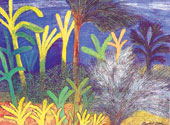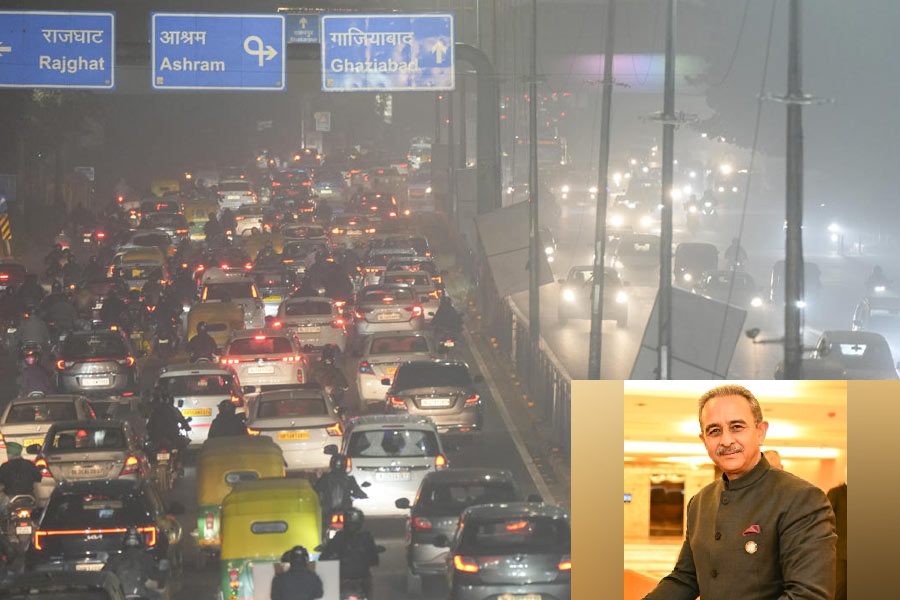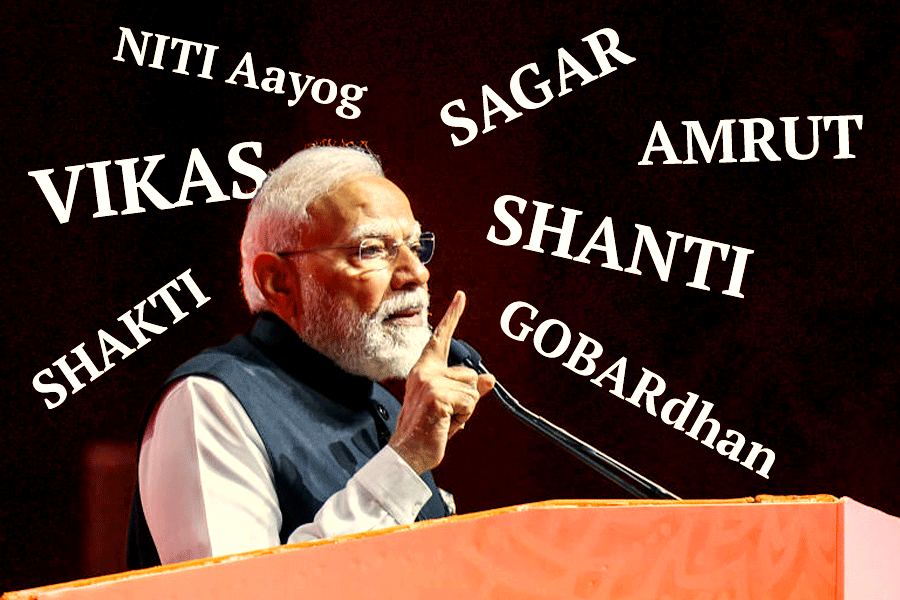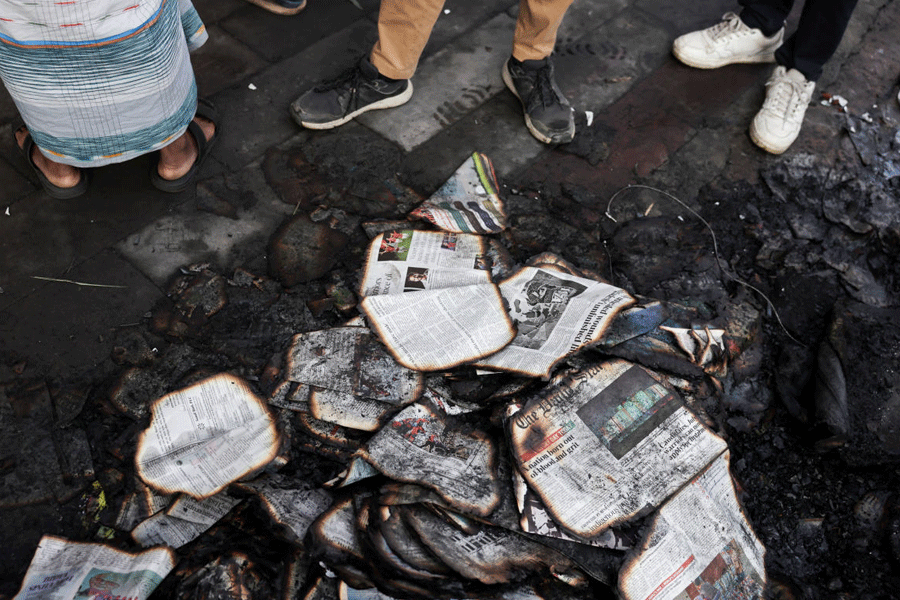 |
| Nature VII, gouache on board |
The contemporary urge to go beyond modernism with calisthenics of language may tend to devalue such time-tested genres as landscapes. Yet, as the environment is increasingly denuded all around us by the onslaught of progress and the unchecked growth of population; as Nature inevitably shrinks and withers in the face of human intervention in urban-industrial societies, the landscape could transcend critical moments of personal epiphany to emerge as a visual paradigm of resistance. Of a defiant romanticism that’s ultimately Rousseauesque in its glorification of a pristine refuge that can endure only in the imagination.
And that, indeed, is what the gouache landscapes of Ramlal Dhar seemed to convey. The exhibits, which were on till January 6, at Anant Gallery — a new space for art off Alipore Road — weren’t merely the lyrical outpourings of a poetic sensibility. There was, in fact, an undertow of syncopation, as it were; off-key notes that seemed to counterpoint melody with melancholy. Not, it must be stressed, as a conscious, ideological gesture, but as a spontaneous response to what the artist experiences. For, having grown up in Assam, Dhar has Nature in his veins, so to say. But living in a city obliges him to measure Nature in pots.
No doubt, his colours are exuberant. A radiant yellow wrung, it seems, from the midday sun. An explosion of varied greens and the earthy warmth of swarthy reds and browns. And the anchor of graded blues. But the yellow at times seems tense with alarm, as though anticipating the end winter may bring. And the swelling, swirling motion of the blues of rivers — conjured both by the strokes themselves and by broken lines of white — rushing in from outside the frame and hurtling past beyond it suggests flux, the inevitable traverse of time. In fact, his quiet signature white lines running as hurried little dashes much like threadwork — especially the traditional kantha stitch — imports, too, a textural ruggedness to the works.
Dhar’s rapturous landscapes, therefore, are neither purely idyllic nor immutable but susceptible to decay like life itself. Yet, the perspective isn’t representational and the forms are archly reductionist, quoting the tradition of Miniature stylisation. But there are trees that stand starkly unclothed and strangely sentient in the way three arms are raised upwards. Could it be in euphoria, as in a dance? Or in despair, as an appeal? Or could it even be a warning? And sometimes there are those trees whose canopies fan out in writhing lines that bring to mind the nervous agitation of Van Gogh strokes.
Indeed, there is but an undertone of anxiety in his paean to Nature. A tremulous anxiety carrying elegiac intimations. And, indeed, it is this quality that imparts to them those ambiguous refrains that may linger after the viewing is over. What needs to be added is that, although Dhar doesn’t insert human beings in his landscapes, the human presence is often acknowledged in the form of huts and houses, temples and shrines, bathed in an artful play of graded light.
The works demanding special attention in this series called Nature are III, IV, VII, IX, XI and XVII.











